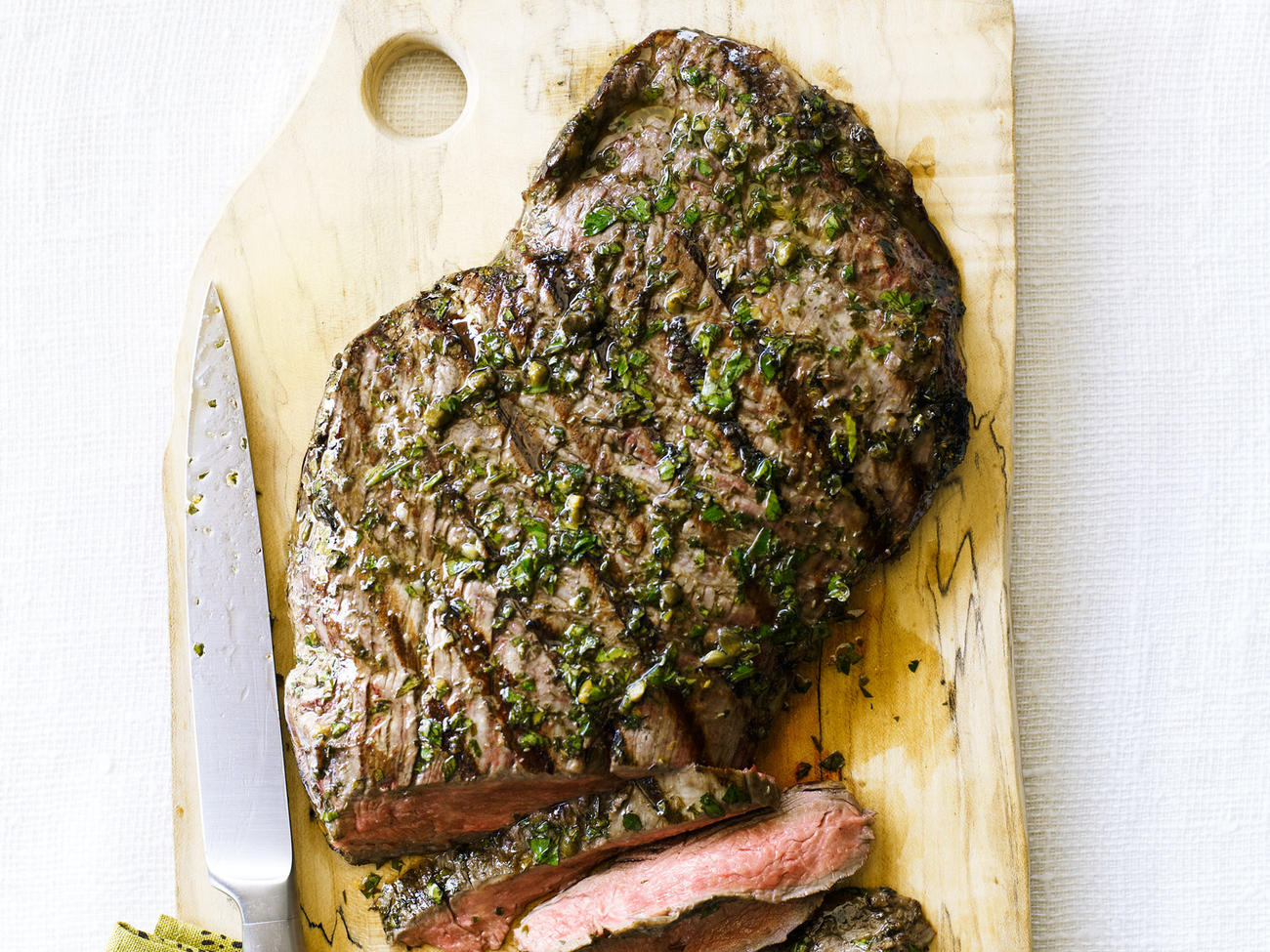
Marinades at work
The secret of sitting in sauce

Photo by Iain Bagwell; styling by Randy Mon
What’s the point of marinating meats before cooking them? Anyone who has tasted a marinated steak from the grill knows the answer ― it has more flavor. A marinade can pack chicken breasts, beef steak, and pork chops with lively seasonings.
Here’s how it works: An effective marinade is a blend of ingredients that includes acid (such as wine, citrus juices, or vinegar), salt (or salty liquids such as soy sauce or fish sauce), and sugar (or other sweetener such as honey or jams and jellies), plus a variety of other flavorings. Each element helps draw the seasoned liquid into the spaces between meat fibers.
In simple terms, acid softens the tissues so the meat fibers can separate and the marinade can enter more easily; in doing so, it slightly tenderizes the meat. Salt transports the liquid into the tissues. Sugar holds the liquid there. The result is meat that is juicier and a little more tender than nature made it.
